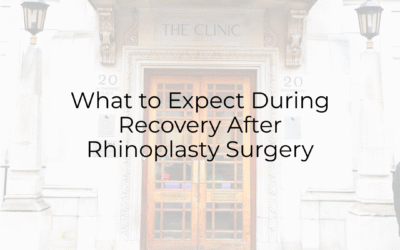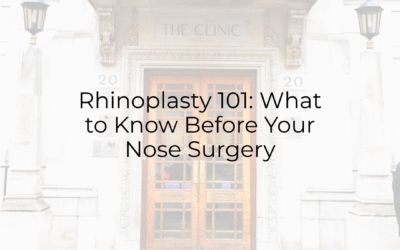Earlobes are a subtle yet important part of our facial symmetry, complementing our overall appearance. However, over time, earlobes can become torn, stretched, or distorted due to a variety of reasons, such as heavy earrings, gauging, accidental injuries, or even the natural loss of skin elasticity as we age. If you’re finding that your earlobes no longer look or feel the way they used to, earlobe repair surgery can be a simple and effective solution to restore their appearance. Here’s everything you need to know about how earlobe repair works.
Common Causes of Earlobe Damage
The structure of the earlobe is delicate, composed mostly of soft tissue and lacking any supportive bone or cartilage. This makes it particularly vulnerable to damage. Wearing heavy earrings consistently can lead to elongated or stretched earring holes over time, especially if paired with frequent tugging or accidental pulls. Gauging, the practice of intentionally stretching the earlobes, can also lead to an oversized piercing that may not return to its original shape, even if you stop wearing the gauges. Accidents, such as getting your earring caught on clothing or objects, can result in torn or split earlobes.
Aging also plays a role, as the skin gradually loses collagen and elasticity, making the earlobes more susceptible to stretching and tearing. No matter the cause, damaged earlobes can be a source of self-consciousness for many individuals.
The Earlobe Repair Procedure
Earlobe repair is typically a straightforward outpatient procedure performed under local anesthesia. During the surgery, your doctor will skillfully restore the natural shape of your earlobe using precise techniques tailored to your specific needs.
The process begins with the careful removal of any scar tissue or stretched skin. The edges of the torn or stretched earlobe are then surgically re-aligned and sutured together. Depending on the extent of the damage, the surgeon may also reshape the earlobe to ensure a natural and symmetrical appearance. The procedure usually takes less than an hour to complete and is virtually pain-free, thanks to the numbing effects of the local anesthesia.
Recovery and Aftercare
Recovery from earlobe repair is typically quick and straightforward. After the procedure, you may experience mild swelling or discomfort, which can be managed with over-the-counter pain medication. The stitches used to close the earlobe are usually removed within a week or dissolve on their own, depending on the type used.
It’s essential to follow your doctor’s aftercare instructions to ensure proper healing. Avoid heavy earrings or re-piercing until the earlobe is fully healed, which usually takes six to eight weeks. Once healed, most patients find that their earlobes look natural and can be re-pierced if desired.
Restoring Confidence with Repaired Earlobes
Whether your earlobe damage is from gauging, an accidental tear, or the natural effects of aging, earlobe repair can significantly improve your appearance and restore your confidence. The procedure is quick, effective, and leaves minimal scarring. If you’re considering earlobe repair, consult with a qualified cosmetic surgeon or dermatologist to explore your options and take the first step toward feeling great about your ears again.



